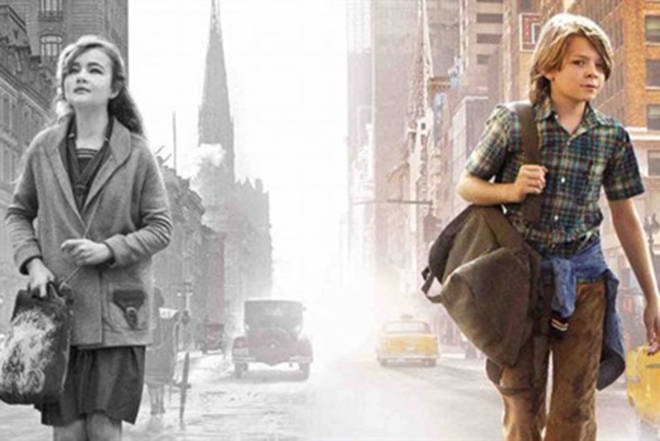By Joanne Sargent, Observer contributor
Wonderstruck is a joint presentation of the Shuswap Film Society and the Salmar Theatre, so it has a seven-day run starting Friday , Jan. 12, showing at 7:30 even on our regular Saturday night, rather than the ususal 5 p.m.
Wonderstruck concurrently tells the stories of two hearing-impaired misfit 12-year-olds from two completely different eras.
In 1927, Rose (magnificently played by deaf actress Millicent Simmonds), born deaf and locked away by her father “for her safety”, escapes to New York to pursue her idol who is a silent movie star (Julianne Moore).
In 1977, newly-deaf orphan Ben runs away from his Minnesota home in search of his estranged father in New York. Director Todd Haynes (“Carol”) presents two distinct looks for each of the eras.
Ben’s 1977 New York is filled with polyester and neon with the washed out look of 70’s cinema, whereas Rose’s world is filmed as a silent movie in black and white.
The distinct cinematic styles help us to easily switch between eras and storylines. The movie contains almost no dialogue but an outstanding score fills the void of voices.
Despite the 50-year time difference, as we follow the children’s journeys, we note a fascinating symmetry as their footsteps cross many of the same places in New York City, and their stories converge at the American Museum of Natural History. The last scene, anchored by Julianne Moore, is superb and leaves the viewer with much empathy for the outcasts who rarely “fit in.”
A film for children and adults alike, Wonderstruck is an inventive movie that explores the universal need for human connection and the magic of being young and curious.
